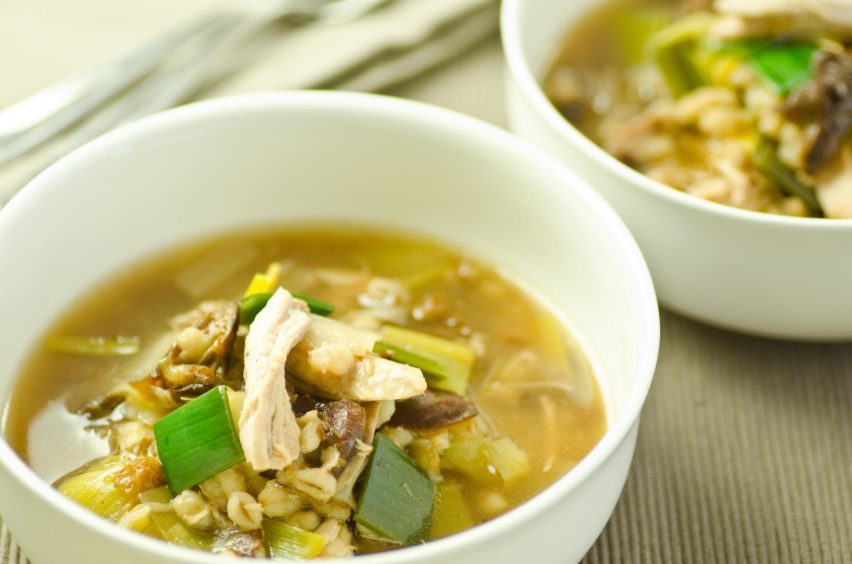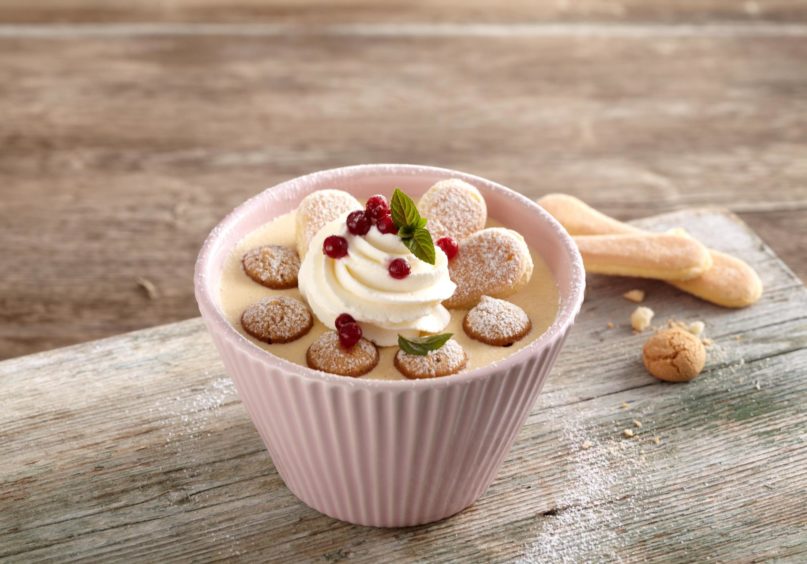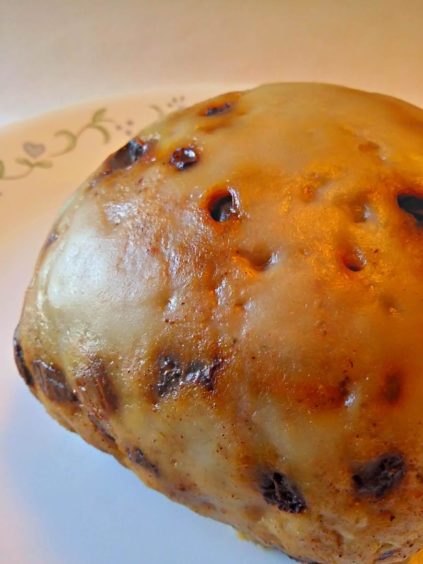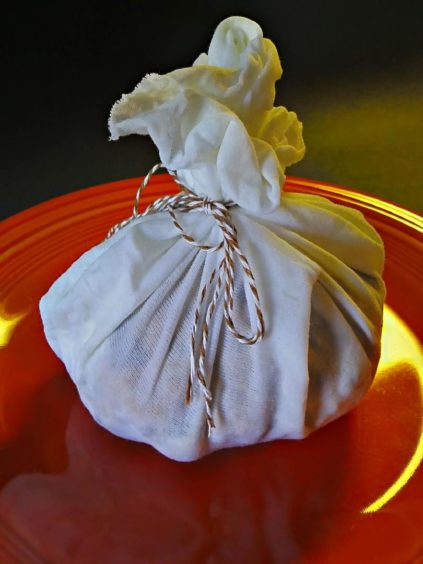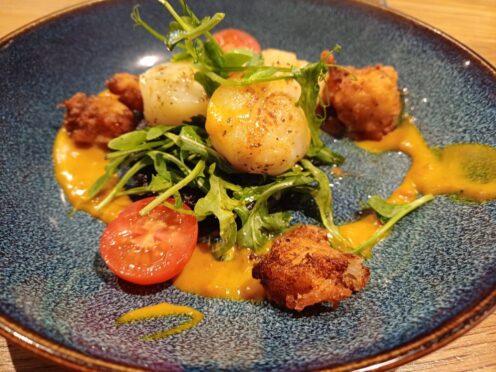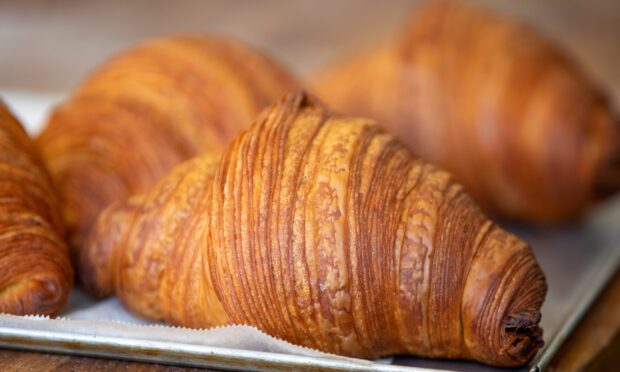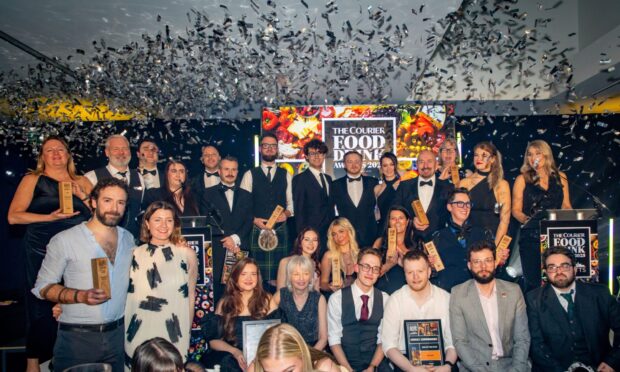Here in Scotland, we have created some of the very best dishes, many of which are absolutely perfect to be part of your festive feast.
During recent times much of our traditional food that would usually be associated with Christmas has given way to, perhaps, more fancy courses.
Now you can expect to see a starter of roast butternut squash soup or a lovely roulade as a dessert as part of our Yuletide celebrations.
But if you fancy doing something a little bit more Scottish, then we have a few dishes here that deserve to make a comeback to your Christmas dinner table.
Cock-a-leekie soup
Believed to have originated in the 16th Century, cock-a-leekie soup has certainly survived the test of time, combining chicken, leaks, pearl barley and prunes.
As with all Scottish classics, the soup has many different recipes, although the addition of prunes is an interesting one not everyone will be aware of.
In her book, The Scots Kitchen which was published in 1912, F. Marian McNeill says: “Personally, I am all for addition of prunes, to be served one in each plate.”
It is a very simple dish, but one which oozes flavour due to the use of an entire chicken simmered for hours, therefore maximising the flavour.
This anonymous poem, for me, sums up the cock-a-leekie:
I’ve supped gude bree I’ mony a howff
Wi’in Auld Reekie
But mane wi siccan a gusty gowff
As cock-a-leekie.
Tip: Make this attractive to children by cutting your vegetables very small or blending them.
The Tipsy Laird
The Tipsy Laird (or trifle as you will probably know it) is still much loved by many.
Although not as popular as it once was, having given way to many “posher” desserts, I am sure the trifle will still make an appearance on some dinner tables on Christmas Day.
What is there not to love about a combination of sponge cake, raspberries, whisky, jelly, custard and cream?
In the Ocklye Cookery Book, published in 1909, Eleanor L Jenkinson recalls: “It is amusing to remember that this recipe (for trifle), which came from a country house in Aberdeenshire in the 1860s, was offered to the kitchens at Trinity College, Cambridge and rejected with contempt. When the under-graduate became a fellow just 30 years ago (1879), he presented it again. This time it was accepted as a matter of course. It speedily became one of the favourite dishes of May Week.”
Tip: Trifle really benefits from being made ahead of time to allow the flavours to marry and mature.
Clootie dumpling
The quintessential Scottish cake, the clootie dumpling needs no introduction to most, although it is probably unlikely that few people under the age of 30 these days will have tried it.
Traditionally made with oatmeal flour, suet, sultanas, bicarbonate of soda, cinnamon, mixed spice, buttermilk or sour milk, it is so named as it is boiled in a cloot (cloth).
If you’re of a similar age to me (48), then you may have memories of your mum or gran hanging a cloot with the dumpling mixture in it over the back door handle before it was boiled.
A giant steamed pudding, it is ideal for a rich Christmas dessert which can easily take the place of the plum pudding made famous by our cousins down south.
It is also a little known fact that the dumpling mixture was stuffed into tripe skins to make a sweet pudding sausage.
Tip: Don’t have your water too high or the dumpling may become soggy. The water should be only halfway up the dumpling.

